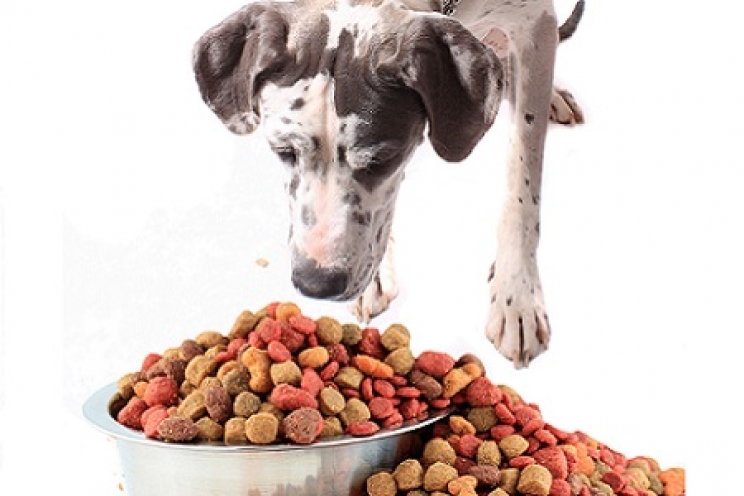It’s true that the basis of a healthy animal is actually the health of its intestine. For this reason, we must absolutely assure that our animal is in great health by providing a correct diet. These are the 10 basic rules we need to follow to ensure a balanced and correct diet for our dog:
- We should only choose quality foods: whether our choice falls on homemade or industrial diet, the important thing is to always pay attention to the quality of the food we put in our animals bowl. If we opt for the do-it-yourself method, or in other words homemade, we must make sure to always buy quality ingredients, always guaranteeing the right balance between the nutrients that make up each single dish. If, on the other hand, we prefer the convenience of the industrial power, lets always remember the rule of value for money. A food that costs more certainly offers us a higher quality product;
- Pay attention to the ration: overweight and obesity are conditions that in the long run can cause serious imbalances for the dog's health. For this reason, it is very important to always ensure a balanced daily ration, which should be evaluated together with our veterinarian based on the age, breed, weight and lifestyle of our four-legged friend. The ideal would be to fill our pets bowl twice a day, possibly morning and evening, without exceeding with its ration. Also, if your dog hasn't completely emptied the bowl, don't leave it at his disposal. Rather, let's take it away and keep it for the next meal;
- We set the meal time: one of the main tips of "human" nutritionists is to always respect fixed times for each main meal, in order to guarantee the body a certain stability. The same thing also applies to the dog, so we must set a precise time for meals, which we must respect every day. Remember that offering dinner after a certain time could stimulate the dog's physiological needs while we are sleeping. So we carefully evaluate which are the best time slots both for us and for them;
- Let's ensure the right amount of water: although it may seem obvious, this fundamental advice is not always respected by the owners. Remember to always leave a bowl of fresh, clean water available to our dog. If the water from our tap is rather calcareous, leave it for washing dishes and buy bottled or purified water for our four-legged friend. To stimulate the dog's intake of liquids, we can also purchase comfortable fountains that continuously filter the water, creating particularly attractive movements for animals;
- No to snacks and food from our dining table: the first enemy of the dog is certainly the food given by owners during meals. Unfortunately, few of us can resist his sweet, pleading eyes as he rests his muzzle on our legs to claim some mouth-watering food. He knows it perfectly! But lets try to resist, for the sake of our friend's health;
- We choose a suitable food: on the market, there are foods of all brands and for all needs. There is now no pathology or characteristic for which a specific food has not been made. We can find food for dogs of small and giant size, long-haired or short-haired, with a delicate intestine or steel stomach, with a weak bladder or with a lazy bladder. We should ask our veterinarian for advice;
- Remember to clean the bowls: even dog food can deteriorate if it is exposed to air or heat for too long. So let's remember to wash our dog's bowls often, to perfectly remove any food residues. Feeding the dog an expired or spoiled food can create various problems, from diarrhoea to serious infections and food poisoning;
- Let's contact our veterinarian: after asking us for accurate information and after a careful examination of our dog, the veterinarian can recommend a specific diet to ensure his well-being;
- Watch out for food allergies and intolerances: this problem is becoming more and more common among dogs and cats. In fact, most gastrointestinal and dermatological problems could be solved simply by choosing a single-protein or nutraceutical food, which minimizes the risk of food allergies or intolerances. Ask your vet for advice;
- Human" foods are not always good for your pet: salami, sweets, onions and fried foods are absolutely not good for the dog's body. We always pay attention to the list of dangerous foods for the dog, to avoid any problems
These are the ten most important tips. Remember to apply them every day, to guarantee our dog impeccable health starting from its bowl.










